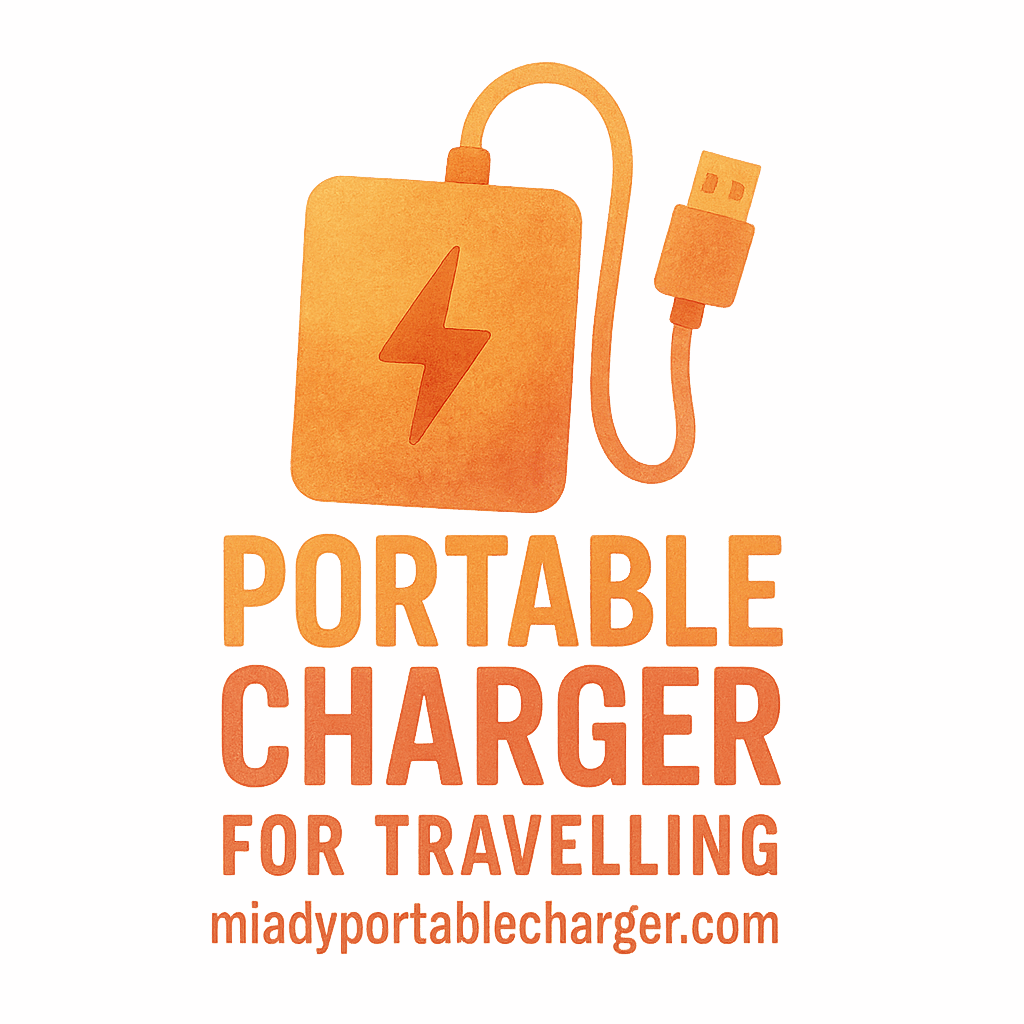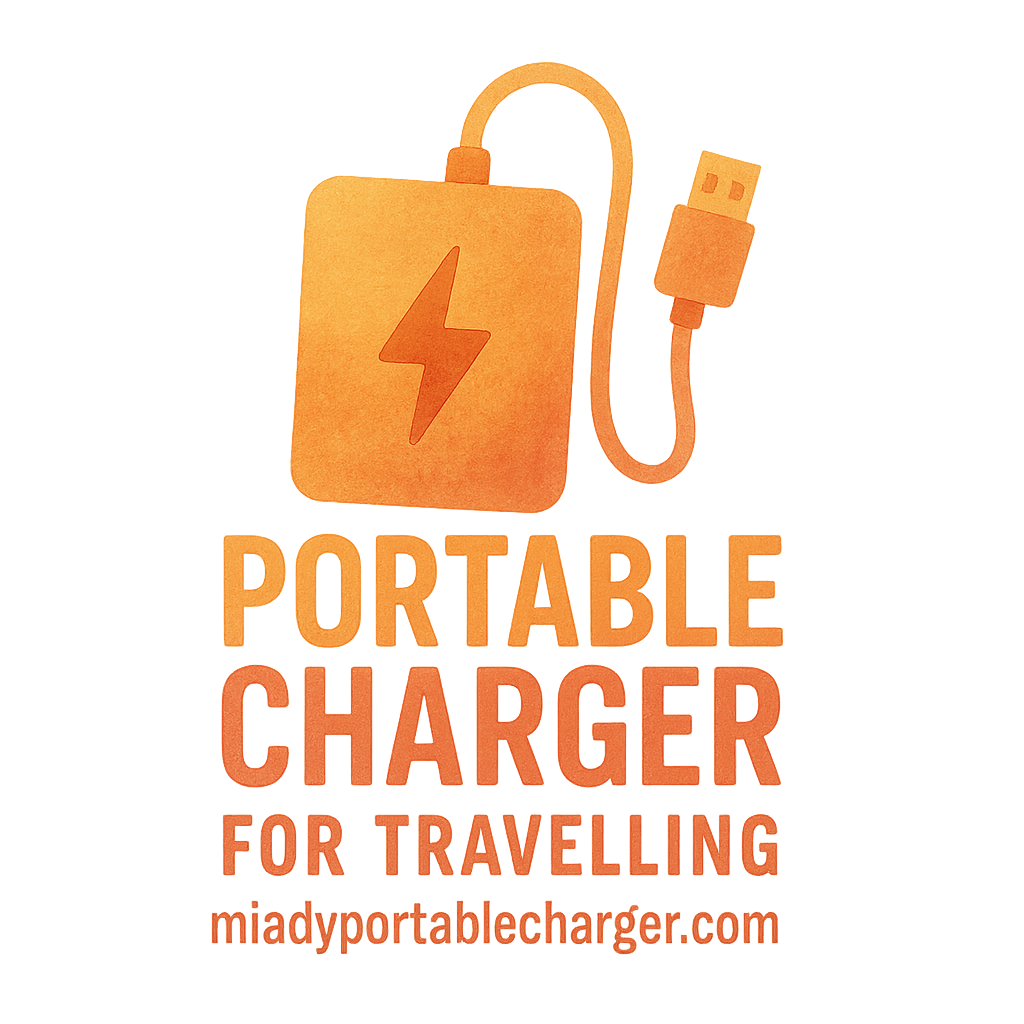Introduction: Why Portable Chargers Are Essential for Travelers
In today’s tech-driven world, staying connected is a must, especially during air travel. Whether it’s for business, entertainment, or staying in touch with loved ones, keeping your devices powered up while flying is essential. However, using a portable charger on planes comes with specific guidelines you need to follow. These rules ensure your safety and compliance with airline regulations. This article will walk you through the 7 do’s and don’ts for using a portable charger on planes, helping you make the most out of your charging experience without running into any issues.
The Convenience of Portable Chargers
Portable chargers are more than just a convenience; they’re a necessity when you’re on the go. Imagine being on a long-haul flight, your phone battery is running low, and the in-flight entertainment system isn’t available. That’s where a reliable portable charger can make a huge difference. They’re small, portable, and compatible with most devices, making them perfect travel companions. But, when you’re flying, you need to follow a few extra steps to ensure safe usage. So, let’s dive into the do’s and don’ts you should follow when using a portable charger on a plane.
The Need for Charging During Flights
Whether you’re on a short domestic flight or traveling internationally, charging your phone or tablet can be crucial for staying connected. Most travelers rely on their devices for entertainment, work, or communication. With many airlines now offering in-seat power outlets, you might think that charging isn’t an issue, but what about the times when you can’t find an outlet? This is where a portable charger becomes indispensable. However, using it on a plane requires a bit of awareness to avoid any inconvenience.
7 Do’s and Don’ts for Using a Portable Charger on Planes
Do Check the Airline’s Charging Policy
Before packing your portable charger, make sure to check the airline’s policy on carrying and using electronic devices during the flight. Each airline may have its own set of rules regarding the type and capacity of portable chargers you can bring on board. These policies often depend on safety concerns and can vary significantly.
Importance of Airline Regulations
Most airlines restrict the use of high-capacity lithium-ion batteries due to safety concerns, such as overheating or even fires. Familiarizing yourself with these rules ensures that you avoid any surprises at security checks or during the flight.
Common Restrictions to Be Aware Of
- Capacity limits: Most airlines allow chargers up to 100Wh (watt-hours) without issue. Anything higher may need prior approval or might not be allowed on the plane.
- Battery types: Lithium-ion batteries are common in most chargers and are often subject to stricter regulations.
For a detailed guide on portable charger regulations, be sure to visit the Portable Charger Buying Guide.
Do Choose a Compact, Airline-Friendly Charger
When it comes to air travel, size matters. Choosing a compact portable charger that fits within the airline’s allowed dimensions is essential. Opting for chargers that are both lightweight and compact will ensure that you stay compliant with airline regulations while also enjoying the convenience of a fully charged device.
Size and Weight Considerations
While larger chargers might offer more power, they’re often not the best choice for air travel. Most airlines have restrictions on the size and weight of devices carried onboard. A portable charger with around 10,000mAh capacity strikes a perfect balance between portability and power.
Must-Have Features for Travel Chargers
- Capacity (mAh): A charger in the range of 10,000mAh is typically accepted by airlines.
- Durability: Look for shockproof designs that can withstand the rigors of travel.
- Portability: A slim, lightweight charger will fit easily into your carry-on bag or backpack.
For more details on selecting the right charger, visit Miady’s Travel Essentials.

Don’t Charge Your Device During Takeoff or Landing
Many airlines have a strict rule against charging your devices during the most critical phases of flight—takeoff and landing. These rules are in place not just for safety reasons but also because devices can interfere with the aircraft’s electronics.
Why It’s Crucial to Avoid Charging at Critical Times
During takeoff and landing, you may need to quickly access emergency exits or follow instructions from the flight crew. Keeping your devices off and your hands free can help ensure you’re prepared for any situation.
Do Keep Your Charger in Your Carry-On
One of the most important things to remember is to keep your portable charger in your carry-on luggage. Do not pack it in your checked luggage. Not only does it pose a safety risk if it’s damaged in transit, but it’s also against airline regulations.
The Risks of Storing a Charger in Checked Luggage
When stored in checked luggage, lithium-ion batteries are at risk of extreme temperatures and physical damage, which can cause the batteries to overheat or malfunction. Keeping your charger in your carry-on ensures its safety and availability when you need it.
To find out more about portable chargers and their safe usage, check out our Travel Gear Checklist.
Do Bring a Backup Charger for Long Flights
For long-haul flights, carrying a backup charger is a must. Power outlets on planes can be scarce, and your primary charger might run out of power halfway through the flight.
The Importance of Multiple Charging Options
Long flights can lead to unexpected delays, and you don’t want to be caught with a dead phone or tablet. Bringing a backup charger will ensure you’re always prepared, no matter what happens. You can learn more about the best backup chargers in our Portable Charger Product Reviews.
Don’t Overcharge Your Device on the Plane
Overcharging your devices can have serious consequences. While most modern devices and chargers are designed to handle the charging process safely, leaving your device plugged in for too long can cause the battery to overheat, which is a safety concern during flight.
The Impact of Overcharging on Your Devices
Overcharging can degrade the battery life of your devices over time. It’s also worth noting that excessive heat buildup from overcharging can lead to device failure or other serious issues. If you’re curious about safe charging practices, visit our Charging Tips for more.
Do Monitor Battery Levels Throughout the Flight
Keeping an eye on your device’s battery levels throughout the flight will help you avoid the inconvenience of running out of power at the wrong time. Portable chargers can be incredibly helpful in this regard, especially if you’re managing multiple devices.
Managing Device Power Efficiently
Consider switching your device to airplane mode to conserve battery life, especially if you’re not actively using it. This simple step can extend your battery’s life and help you avoid charging it too often.
Don’t Forget to Turn Off Your Devices
When you’re charging your devices during the flight, remember to turn them off if you’re not using them. Charging a device that’s constantly running can cause it to overheat or drain its battery faster.
Why Turning Off Devices During Charging is Important
Turning off your device while charging helps maintain its battery health and also prevents unnecessary power consumption. Plus, it reduces the risk of interfering with aircraft systems during sensitive phases of the flight.
Conclusion: Final Tips for a Smooth and Safe Charging Experience
Traveling with a portable charger on a plane is a convenient way to ensure that your devices stay powered up throughout your journey. However, it’s crucial to adhere to the airline’s policies and follow these 7 do’s and don’ts to keep your charging experience smooth and safe. Remember to check the airline’s specific regulations, choose a compact charger, avoid overcharging, and always carry your charger in your carry-on. With these simple precautions, you’ll be able to keep your devices charged and stay connected while flying.
7 FAQs
- Can I bring a portable charger on the plane?
Yes, but you must follow the airline’s specific regulations on battery capacity and pack it in your carry-on luggage. - How do I know if my portable charger is allowed on a plane?
Check the capacity of your charger (mAh or Wh) and compare it with the airline’s battery regulations. Chargers over 100Wh may need prior approval. - Can I charge my phone during takeoff or landing?
It’s recommended that you avoid charging during takeoff and landing for safety reasons and to comply with airline regulations. - What’s the maximum battery capacity allowed for a portable charger?
Most airlines allow chargers up to 100Wh without restrictions. Anything above that may require approval. - Should I bring a backup charger for a long flight?
Yes, bringing a backup charger is a smart idea for long-haul flights, ensuring you have enough power for all your devices. - Can I overcharge my device on the plane?
Avoid overcharging, as it can cause overheating and degrade the battery over time. - Is it safe to leave my portable charger in checked luggage?
No, always keep your charger in your carry-on luggage to avoid safety risks and damage.


